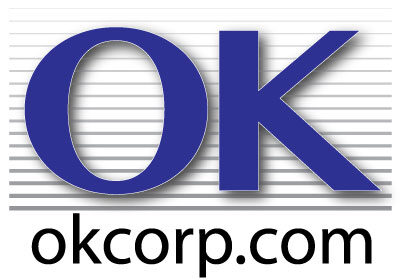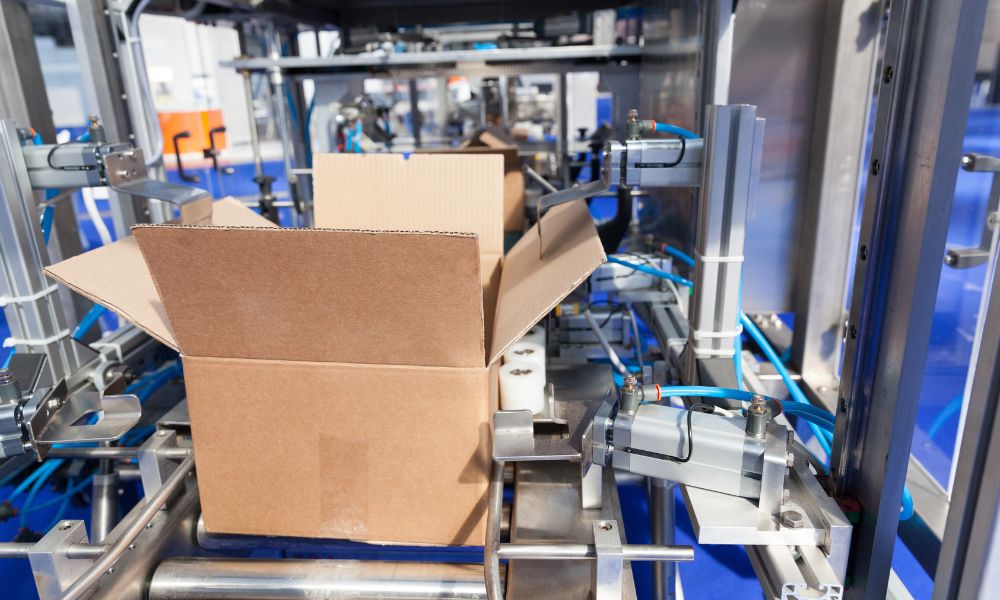Liquid packaging requires an efficient layout and machinery. This task can be overwhelming if you’re new to the industry. We’re here to help you work through the process and provide advice on creating the best system. Here are four things to know when designing packing lines for liquids.
Preventing Leaks Is a Priority
Liquids can easily leak and create a large mess if your facility doesn’t take the proper precautions. Employees should check the product before shipping to ensure the previous handler sealed the container correctly.
Not only can leaks cause messy situations, but the leaked liquid could also damage other products. Automated packaging equipment from OK International will seal the bottles, pails, or buckets properly. Humans can make mistakes, but machines are more reliable and will close the container accurately. This provides peace of mind.
Liquid Food Product Packaging Requires Certification
If your company handles liquid food products, you’ll need specific certification to prove you’re following safety and hygiene regulations. These guidelines stop cross-contamination and keep equipment and the environment clean. They ensure your facility is safe, hygienic, and suitable for handling food products.
Filling Machines Are Incredibly Important
A liquid filler machine moves a product from the holding tank to the container. Product viscosity is an essential factor to consider when choosing the correct filling machine. Certain liquids require various equipment; thin liquids move through a machine differently than thick ones.
Another factor to consider when choosing a filling machine is the available space and production demands. It will help you determine the ideal filling machines for your facility.
Don’t Leave Out the Conveyor System
Conveyor systems efficiently move containers from one machine to another. Ensure you choose the correct equipment that works for your business. Some products and environments don’t interact well with stainless steel, but HDPE or aluminum are valid alternatives.
Work with a reputable provider to design the best-powered conveyor system for your business. You may need curves in specific places to avoid obstructions. The company will work with you to decide where the conveyor belt will move the product.
The above packing line design advice will help you create the perfect packaging line. This information only scratches the surface but will get you on the right track.

